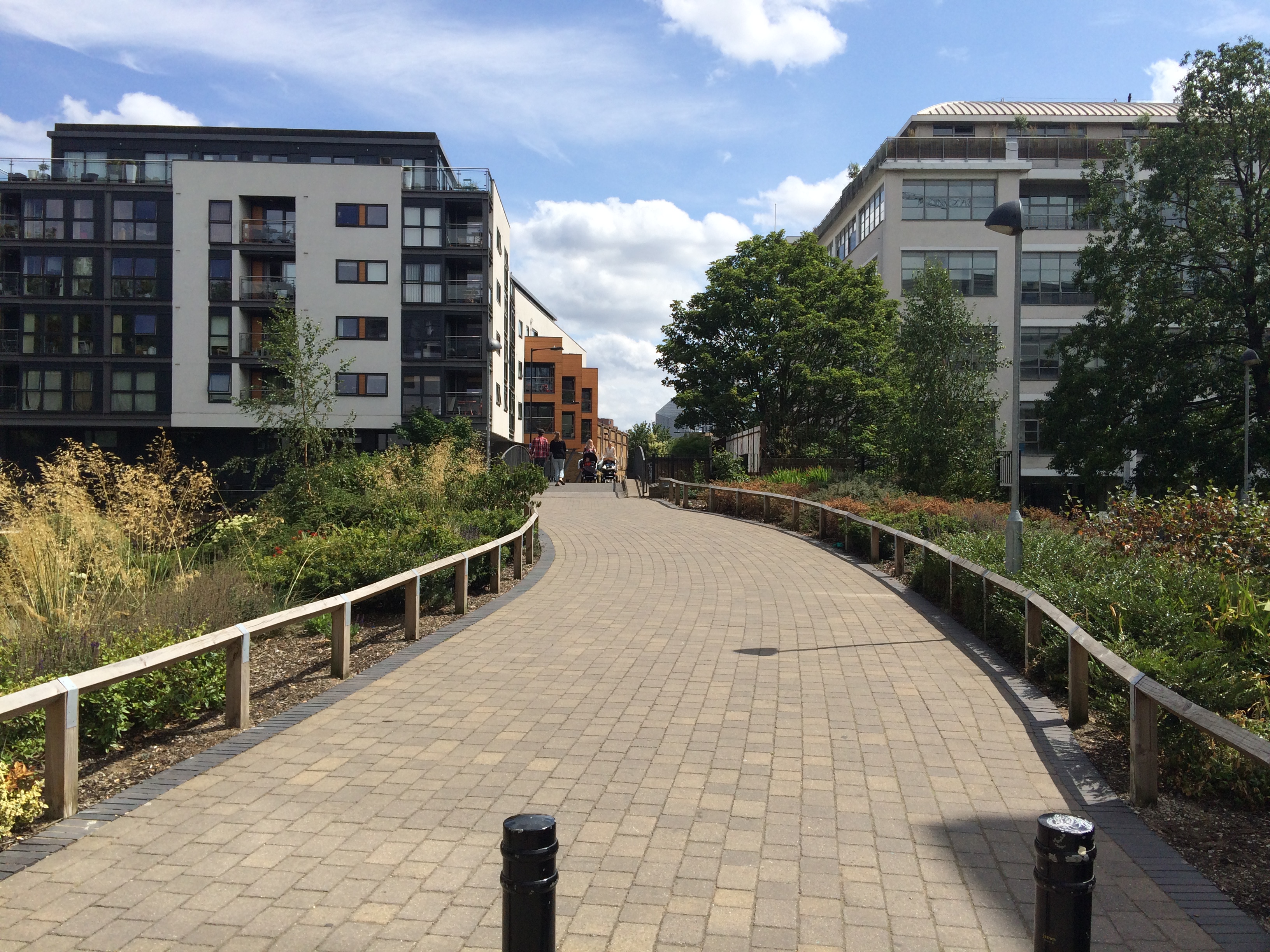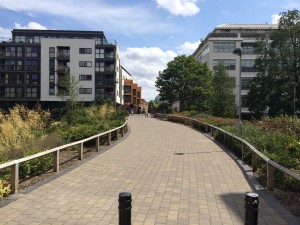There is a common view amongst developers that designing and building for health and wellbeing objectives is more expensive than standard projects and that it doesn’t offer return on investment. I have recently written an article which summarises evidence from a range of organisations, including the Royal Institution of Chartered Surveyors and the Urban Land Institute, to counter these claims.
The built environment can provide access to physical activity at a range of scales, from transport and mobility infrastructure to provision of parks and even through building design. This is one of the most important features to consider given the cost of not getting this right. Public Health England reported that physical inactivity directly contributes to 1 in 6 deaths in the UK and costs £7.4 billion a year to business and wider society.(1) Through active design measures, a new masterplanned community of 5,700 homes in Texas has boosted physical activity of residents by 40-50 minutes a week.(2) BRE’s recent Design Protocol for Health + Mobility (in partnership with Arup, UCL and AREA Research) provides further information on integrating physical activity into masterplanning and transport infrastructure.(3)
The design of healthy homes and buildings has received significant attention from the development sector. Evidence from a Saint-Gobain commissioned survey demonstrated that 30% of the households surveyed would be willing to pay more for homes which do not compromise health.(4) By considering health impacts at the early stages of design, designers and developers can use integrated design solutions which do not cost extra and allow all homes to be safe and supportive of health and wellbeing. Healthy design should not just become a feature of high-value developments but should be delivered on all schemes. Developers using the Home Quality Mark and BREEAM will find that health and wellbeing is fully integrated into these standards and supports integrated design measures.(5)
The full article is published in the Town and Country Planning Association’s special edition journal entitled ‘#healthyplanning – Securing Outcomes from United Action’, available to download here.
This post was originally posted on BRE Buzz and is cross-posted here.
References
- Petrokofsky C, Davis A. Working Together to Promote Active Travel: A briefing for local authorities. Public Health England; 2016.
- Kramer A, Lassar TJ, Federman M, Hammerschmidt S. Building for Wellness: The Business Case. Washington DC: Urban Land Institute; 2014.
- Health + Mobility: A Design Protocol for Mobilising Healthy Living. Arup, BRE, UCL, AREA Research; 2016.
- UK Green Building Council. Health and Wellbeing in Homes. UKGBC; 2016. Available from:
- Taylor T, Pineo H. Health and wellbeing in BREEAM. BRE Global Ltd.; 2015.



